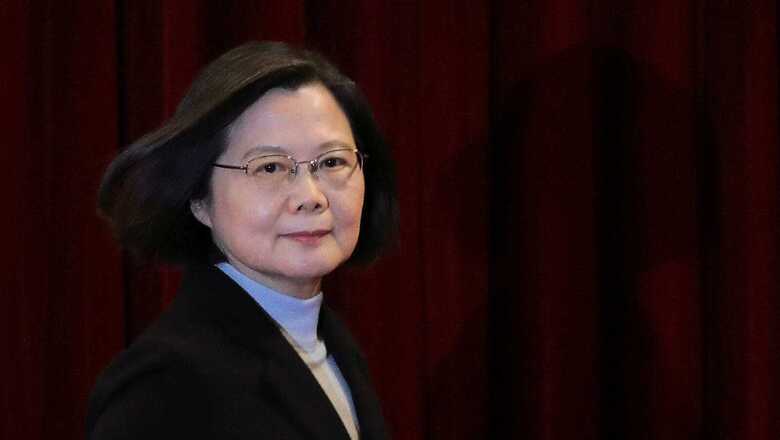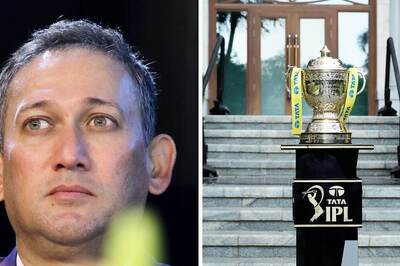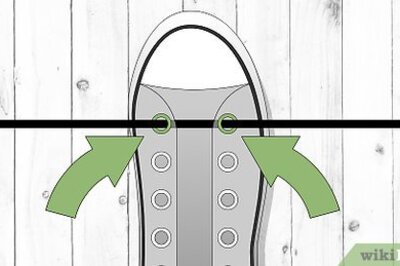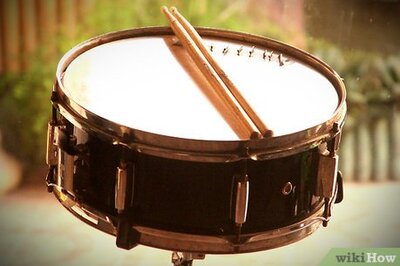
views
Taiwanese President Tsai Ing-wen announced in the last week of December 2022 that starting January 1, 2024, Taiwan will extend the compulsory military service from four months to one year. The decision is expected to affect the conscripts born on and after January 1, 2005. Previously, after 1949, when the Republic of China’s (ROC) government was relocated to Taiwan following the Chinese Civil War, all Taiwanese men above 18 had to serve two to three years in the military as part of the conscription system. However, this system was gradually reduced to one year by 2008. Furthermore, under the previous Kuomintang administration, from 2008-2016, the conscription was turned into a volunteer force, with conscripts serving in support roles, only required to undergo four months of military training. During these four months, the conscripts are mandated to undergo a five-week boot camp, followed by 11 weeks of specialised training with field units. However, under President Tsai’s revised system, all conscripts will be required to undergo eight weeks of basic military training before 44 weeks of ground training. Their monthly salary would also be raised from about $195 to more than $650 per month.
While news about conscription has been widely reported, Taiwan also announced a series of military reforms that include dividing forces into four main categories: the main combat force, garrison force, civil defence system and reservist system. According to the information available, the main combat force will be comprised of professional soldiers who take on the responsibility of territorial security, while the garrison force will primarily consist of conscripts and perform the tasks of protecting key infrastructure inside Taiwan. Furthermore, under the new system, the conscripts will also work with modern weapons such as drones and practice first aid and lifesaving skills.
Taiwan in Need of Drastic Military Reforms
Since the turn of the century, when the People’s Republic of China (PRC) initiated its military reforms, and especially under Xi Jinping, when Chinese military reforms were fast-tracked, the balance of power in the Taiwan Strait has definitively tilted towards China. In response to this, Taiwan, under the leadership of Admiral Lee Hsi-ming, was moving towards the Overall Defense Concept (ODC). Put simply, under this concept, Taiwan was planning to adopt asymmetric warfare and embrace denial over control by investing in highly survivable, lethal and mobile asymmetric capabilities. However, with the retirement of Admiral Lee, Taiwan’s Ministry of Defence purged the ODC and resorted back to pursuing high-profile, high-prestige, and high-cost weapons. These weapons, although premium, wouldn’t help Taiwan delay China and defend itself against Chinese reunification campaigns.
Furthermore, not only military modernisation but there are multiple challenges for the Taiwanese military regarding recruitment and training. For instance, due to ample economic opportunities in the country, Taiwanese youth are more inclined towards working in the manufacturing and service sectors rather than opting for relatively low-pay armed forces jobs. Additionally, as Taiwan’s interior ministry suggested in its report to Taiwan’s legislative yuan, the number of new conscripts in 2022 would be the lowest in a decade – 7000 fewer than the target – partly due to a declining birth rate, but also due to the reluctance of its youth to pursue a military career.
The Latest Steps – Too Little and Too Late?
The latest military reforms by President Tsai are a step in the right direction. Under the new system, the active-duty troops would focus on combat preparedness missions, and the conscription would boost the ability of reserved forces to back them up. This is partly inspired by the ongoing Russia-Ukraine War, where Ukraine has been able to mobilise its population to defend itself against a militarily mightier force. Mobilisation in Taiwan’s case would be relatively easy if the younger generation was already trained for a year under the latest conscription system. Scholars estimate that within three to five years of the launch of the new system in 2024, the armed forces would have more qualified corporals, lieutenants and second lieutenants who could take up key roles as reservists responsible for homeland defence missions. However, if China aims to launch a reunification campaign before 2027 – the People’s Liberation Army’s centenary – then would this be too late? Also, this is just the first step towards rectifying the cross-strait balance of power, as Taiwan would have to reinvest in the denial weapons like sea mines and surface-to-surface missiles over high-profile purchases. This would allow Taiwan to delay the Chinese invasion until backup forces arrive. However, the implementation of military reforms is a tedious and time-consuming process. Therefore, it is in Taiwan’s interest to use this opportunity to expedite other military reforms if it wants to deter Chinese aggression across the Taiwan Strait.
Suyash Desai is a research scholar specialising in Chinese security and foreign policies. He is currently studying Mandarin at National Sun Yat-sen University, Taiwan. Views expressed are personal.
Read all the Latest Opinions here




















Comments
0 comment